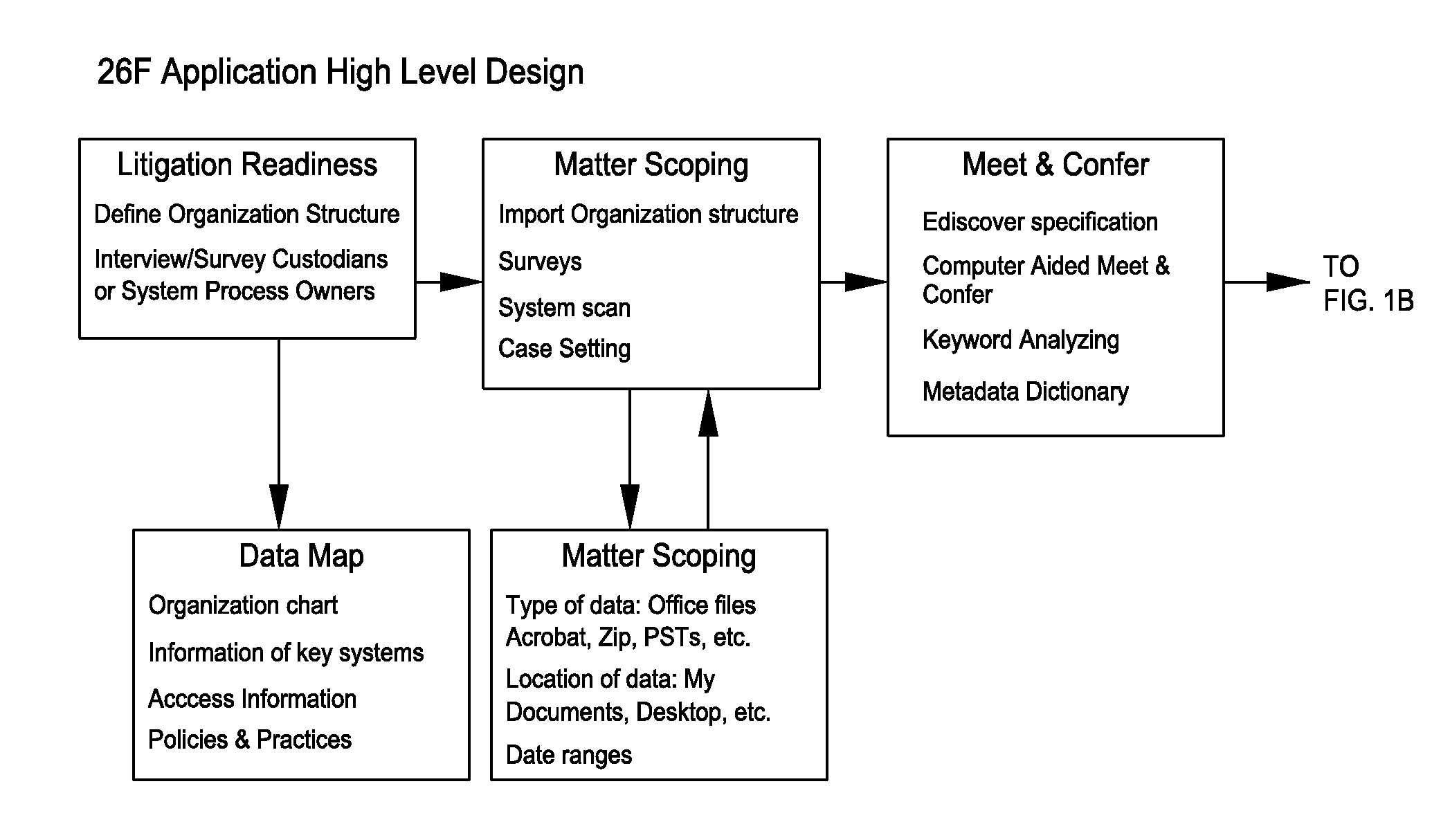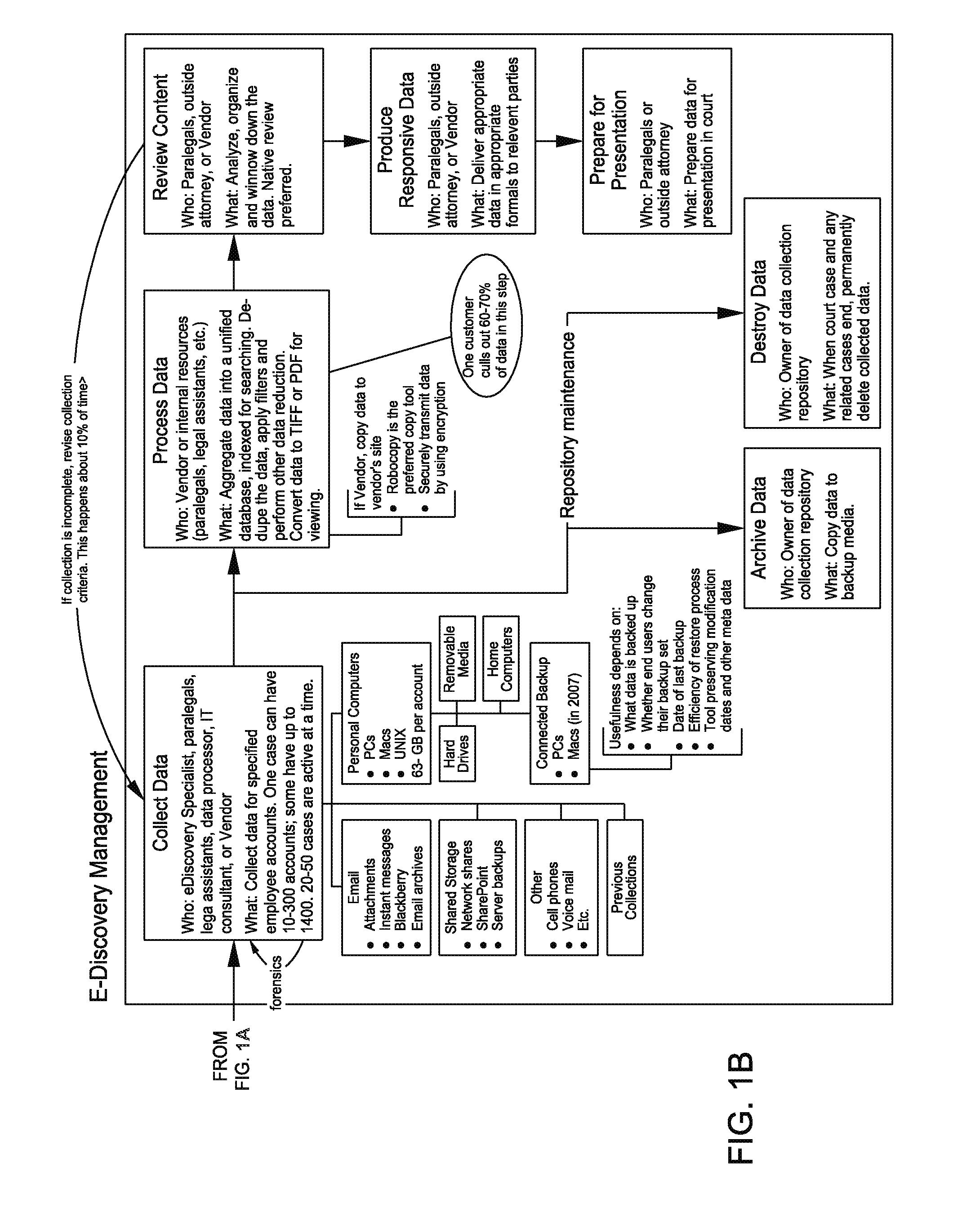Computerized system and method for assisting in resolution of litigation discovery in conjunction with the federal rules of practice and procedure and other jurisdictions
a technology of litigation discovery and computerized system, which is applied in the field of computerized system and method for assisting in the resolution of litigation discovery in conjunction with the federal rules of practice and procedure and other jurisdictions, can solve problems such as unreasonable demands, and achieve the effect of improving order and fairness
- Summary
- Abstract
- Description
- Claims
- Application Information
AI Technical Summary
Benefits of technology
Problems solved by technology
Method used
Image
Examples
Embodiment Construction
The present systems and methods provide for automated management of discovery issues subject to negotiation in litigation. Usually there are two parties of which at least one is a complainant or plaintiff and at least one other is a defendant or respondent. More than two parties may be involved. Variations are possible as to the nature of the tribunal and the action, whether the matter is inter partes or ex parte, judicial or administrative, etc. The court may be more or less involved in preliminary processes such as defining a joint scheduling order. Even under an imposed joint order reached previously, there may be issue and disagreements as to how discovery is conducted when the process ensues.
The present subject matter applies to discovery obligations across a range of variations in which discovery obligations permit some variation in scope or process that can be resolved by agreement among the litigants. If no agreement is reached, rules of procedure typically impose an obligat...
PUM
 Login to View More
Login to View More Abstract
Description
Claims
Application Information
 Login to View More
Login to View More - R&D
- Intellectual Property
- Life Sciences
- Materials
- Tech Scout
- Unparalleled Data Quality
- Higher Quality Content
- 60% Fewer Hallucinations
Browse by: Latest US Patents, China's latest patents, Technical Efficacy Thesaurus, Application Domain, Technology Topic, Popular Technical Reports.
© 2025 PatSnap. All rights reserved.Legal|Privacy policy|Modern Slavery Act Transparency Statement|Sitemap|About US| Contact US: help@patsnap.com



